Living in the tropics allows the homesteader to go wild with unique tropical fruit trees and shrubs. You really can’t get a better climate for fruit production. The majority of the tropics worldwide are completely frost free with warm and humid weather year-round. In other words, exactly what most fruits need to thrive.
Sure, you could stick to the classic tropical fruits of banana, plantain, mango, and pineapple — but have you considered growing some of the lesser-known tropical fruits? A whole world of diversity is waiting to be discovered in tropical fruit nurseries. Shop around to find unique plants, or get in contact with other farmers in your area.
To whet your appetite, here’s a selection of 15 lesser-known tropical fruit trees for some inspiration on what to grow next on your homestead.
1. Rambutan
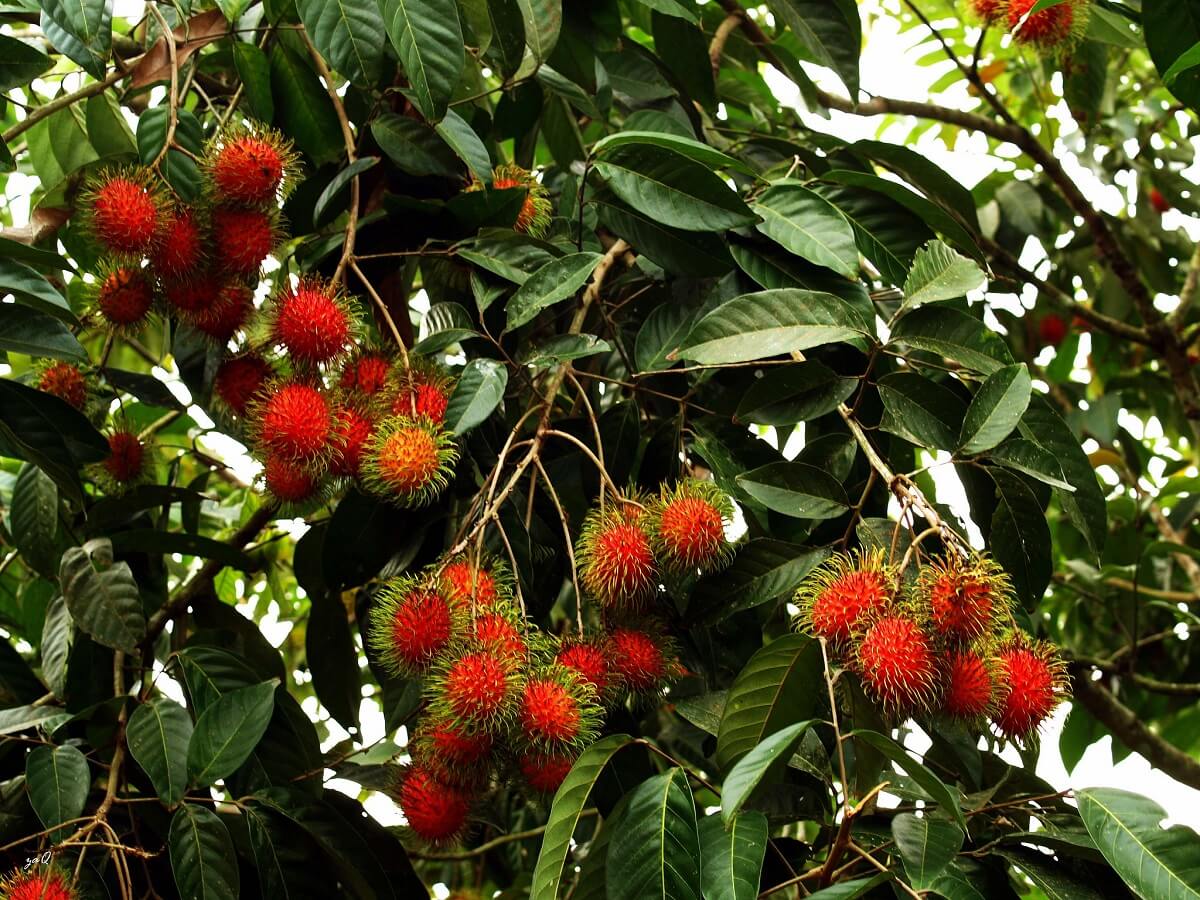
You may already be familiar with the bright pink, spherical fruits known as rambutan, though you might not be familiar with the tropical fruit trees they grow on! You’ll see them in tropical countries being sold in small plastic bags on buses and piled high on the tables of roadside vendors.
Rambutans are a fruit to delight. Peel away the outer skin, and inside awaits a fragrant fruit seed surrounded by candy-sweet flesh. The heat and humidity of the tropics are the ideal conditions for these unusual and delicious fruits.
Rambutan saplings tend to be easier to source than many other tropical fruit trees listed here. Thanks to their well-earned popularity, your local nursery (if you live in the tropics) has a great chance of stocking them.
2. Soursop
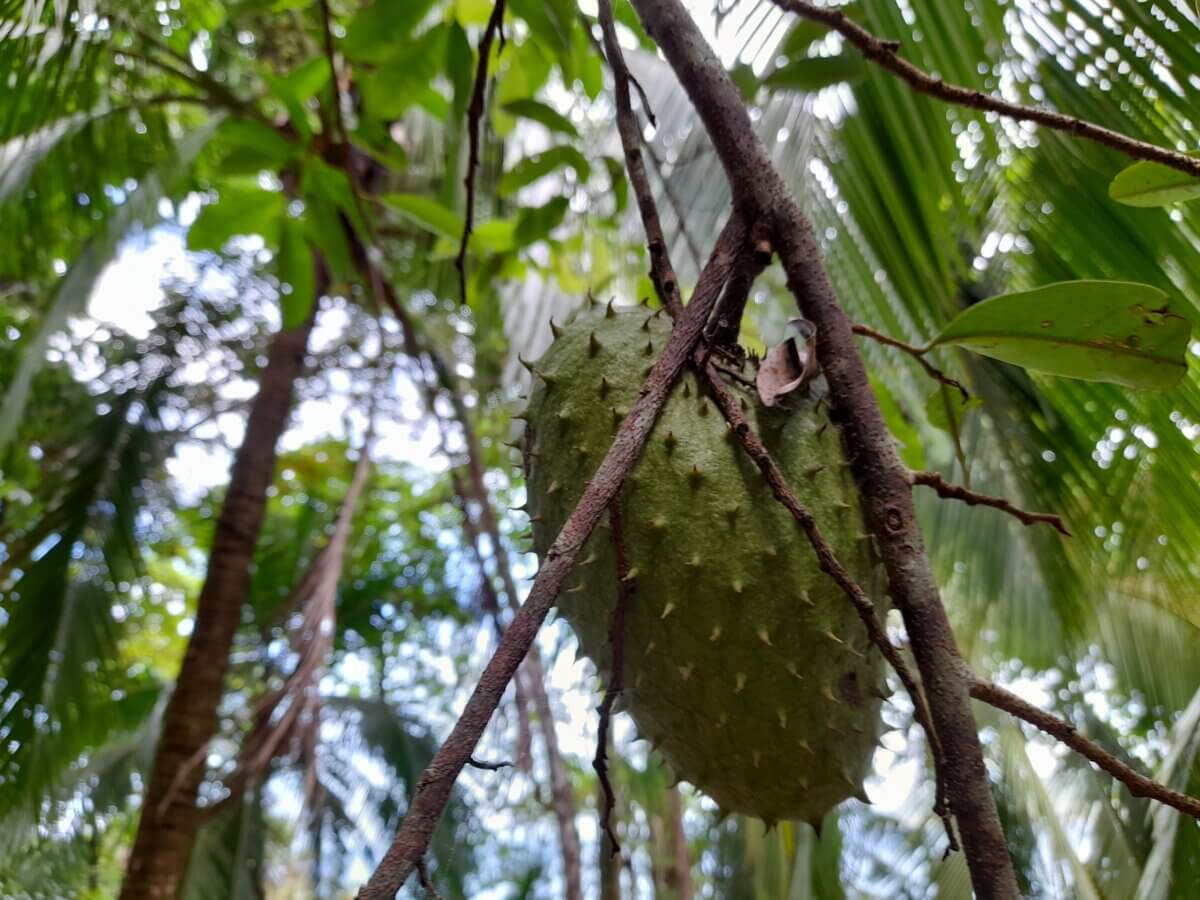
Soursop is undoubtedly one of the stranger fruits we eat. An odd fruit with an unfortunate name, it looks something like a cross between a pineapple and a custard apple (which is a close relative in the same scientific genus).
Soursop has a unique taste that people usually find pleasant but difficult to describe. It’s most often found made into smoothies, probably because eating it straight off the tree can get rather messy. Still, it’s a hardy tree that’s well worth growing — just make sure to eat it outside.
3. Mangosteen
A spherical fruit the color of eggplant with what looks for all the world like garlic cloves tucked away inside — that’s mangosteen. It’s possibly the closest a fruit can come to the taste of a gummy bear, and once you taste it, you’ll immediately want to plant more.
The bad news is you’ll be waiting a while for the tree to bear fruit. While some produce their first fruits in their sixth year, you’ll usually be waiting ten years or more. That said, you can expect them to produce about 200 to 300 fruits in their first fruiting year, and 500 plus a year at maturity. If you can wait it out, you’ll be well rewarded.
4. Carambola (Starfruit)
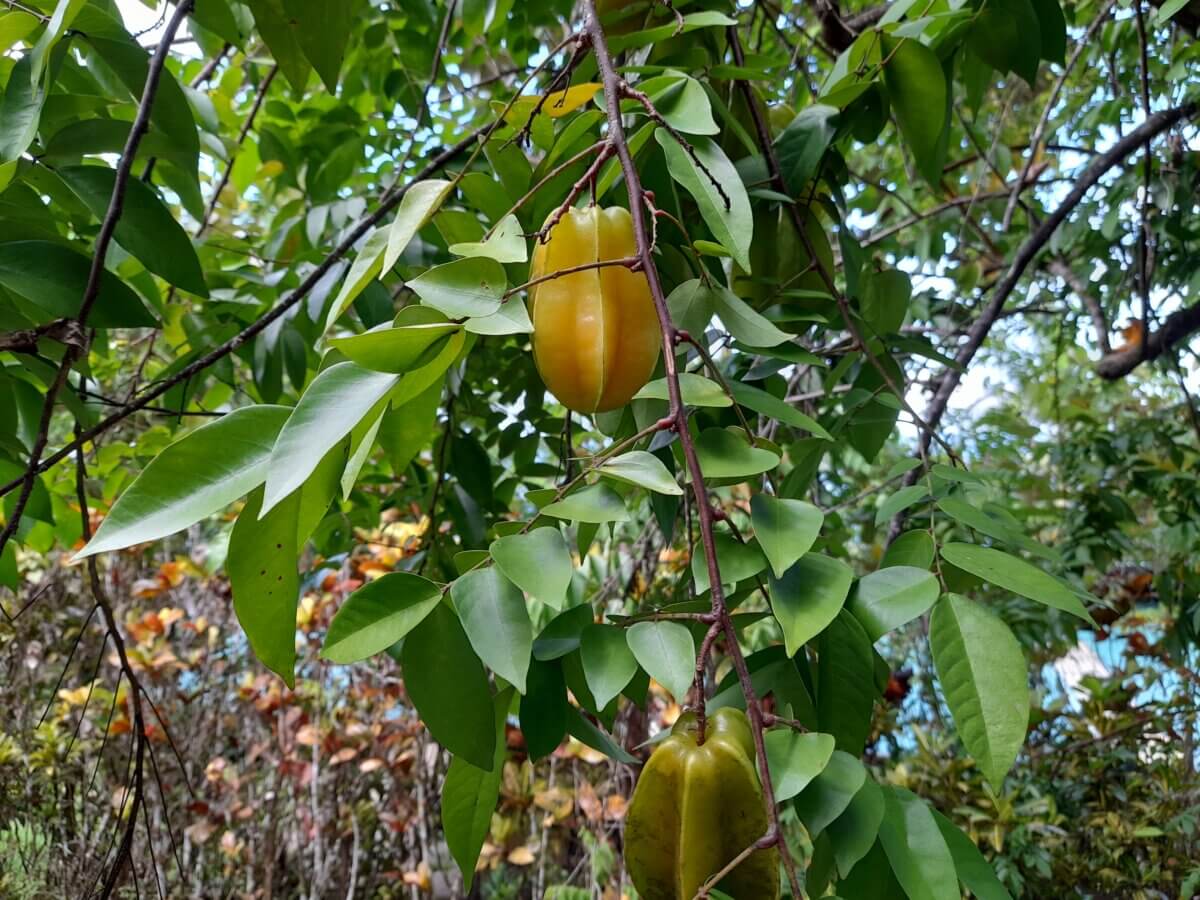
Carambola is a fantastic tree to have on your homestead. For one, it grows a delicious tropical fruit. The fruits from this tropical tree are a yellow-orange color and when cut into pieces, they resemble 5-pointed stars — hence their nickname.
There are an astounding number of carambola varieties, ranging in taste from sweet to very tart. Sweet varieties can be eaten straight off the tree or cooked into desserts; more acidic types work best juiced.
Related Post: Osage Orange Trees: Durable Hardwood With Alien-Like Fruit
The other reason to make carambola trees a priority is they fruit year-round. That means that just a handful of trees in the ground or in pots can supply all the carambola you need, whenever you want it.
5. Ice Cream Bean
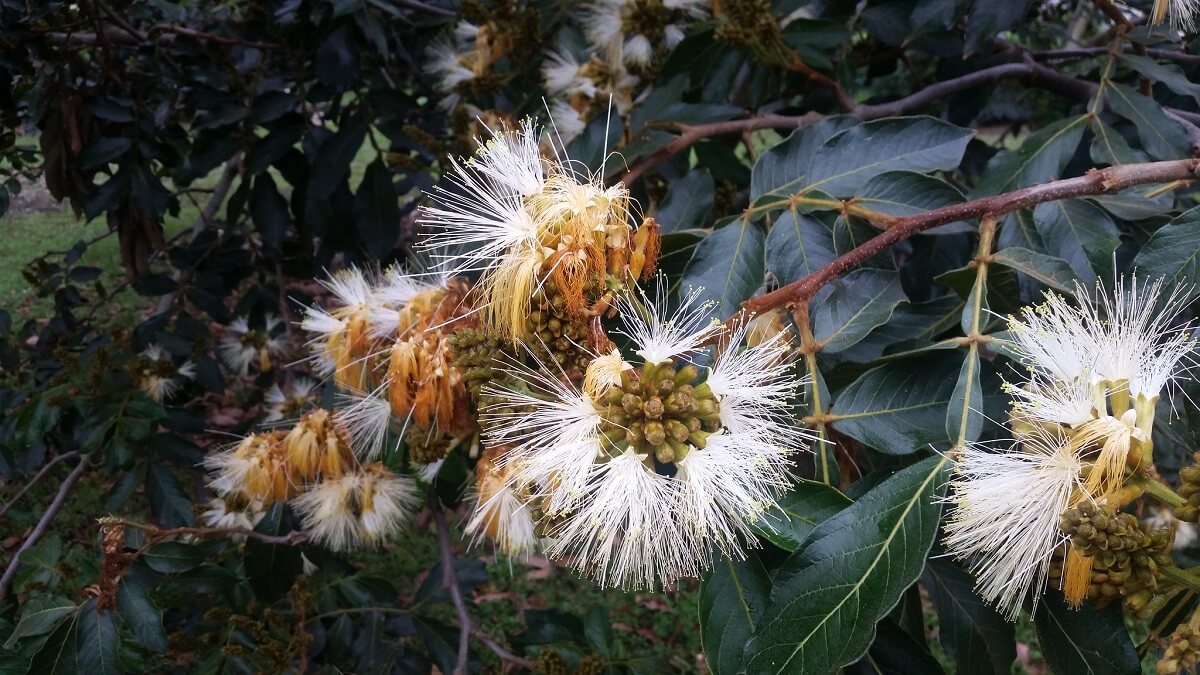
How’s that for an appealing name? This might be one of the most exotic tropical fruit trees on the list! The fruit is a long, slender bean and really doesn’t look edible from the outside. However, once you pry the woody fruit open, you’ll find a row of seeds inside covered in a sweet fluff that can only be described as cotton candy-like in texture.
It’s tricky to find outside of Central and South America, where it has been enjoyed by Indigenous Amazonians for millennia. If you can find it at a market, ice cream bean is easy to germinate and will occasionally germinate right in the pod.
6. Malay Apple
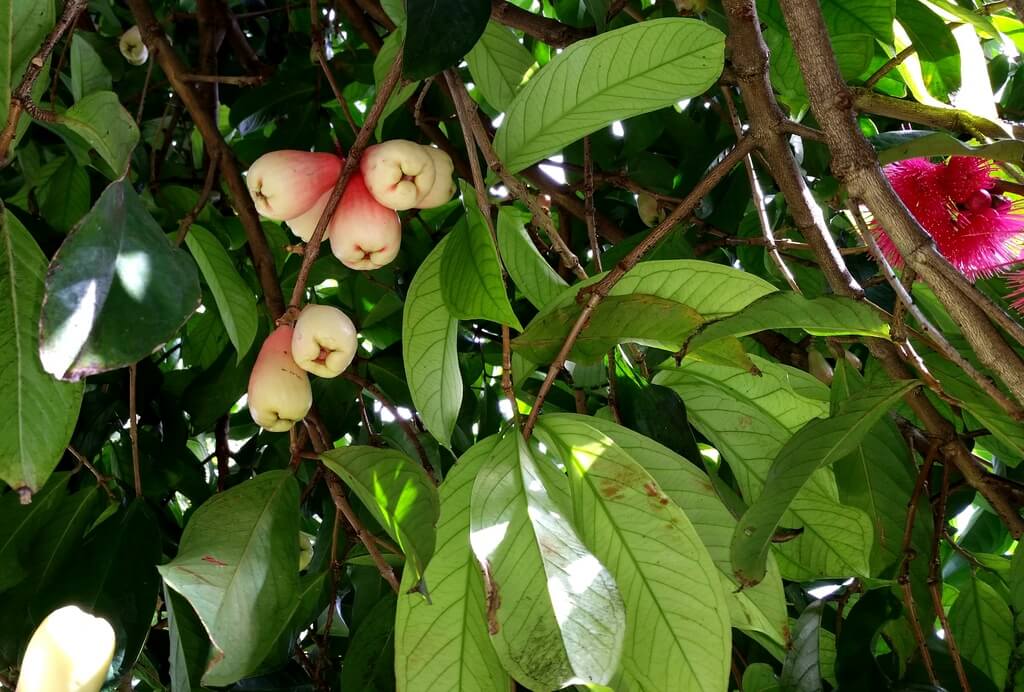
This one is tasty and ornamental. Malay apple trees (Syzygium malaccense) not only produce delicious fruits, they also put on quite the show as they’re doing it. When it comes close to fruiting time, the tree becomes encircled in a carpet of impossibly vivid pink flower stamens.
The fruits themselves are pear-shaped and a light pink. True to their name, they’re eaten like an apple, skin and all. The taste is mild and pleasant with a hint of cucumber.
Malay apples are easy to grow, hardy trees. The only trouble is figuring out how to get your share of fruits before the monkeys nab them all!
7. Jackfruit
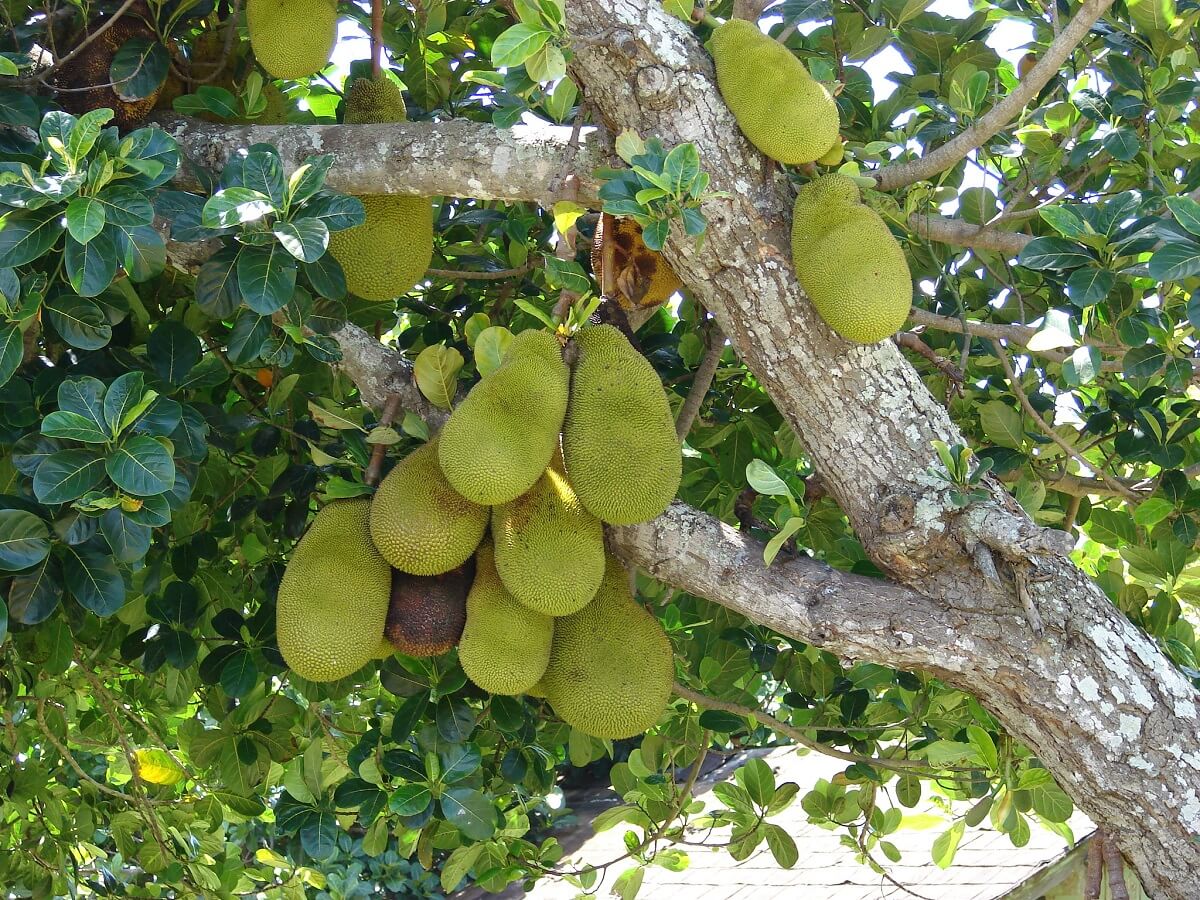
Jackfruit has the honor of being the largest of all fruits produced by a tree. Each fruit can weigh up to 55 kilograms (120 pounds). Even better for the homesteader, trees will produce an average of 200 fruits a year in maturity, making them a worthwhile investment. Ripe jackfruit is sweet and vaguely banana-like in flavor. The fruits, when eaten unripe, have a mild taste and meaty texture.
Jackfruit has gotten increasingly more popular in recent years, and many vegans use it as a meat alternative because of its uncanny similarities to pulled pork.
8. Guava
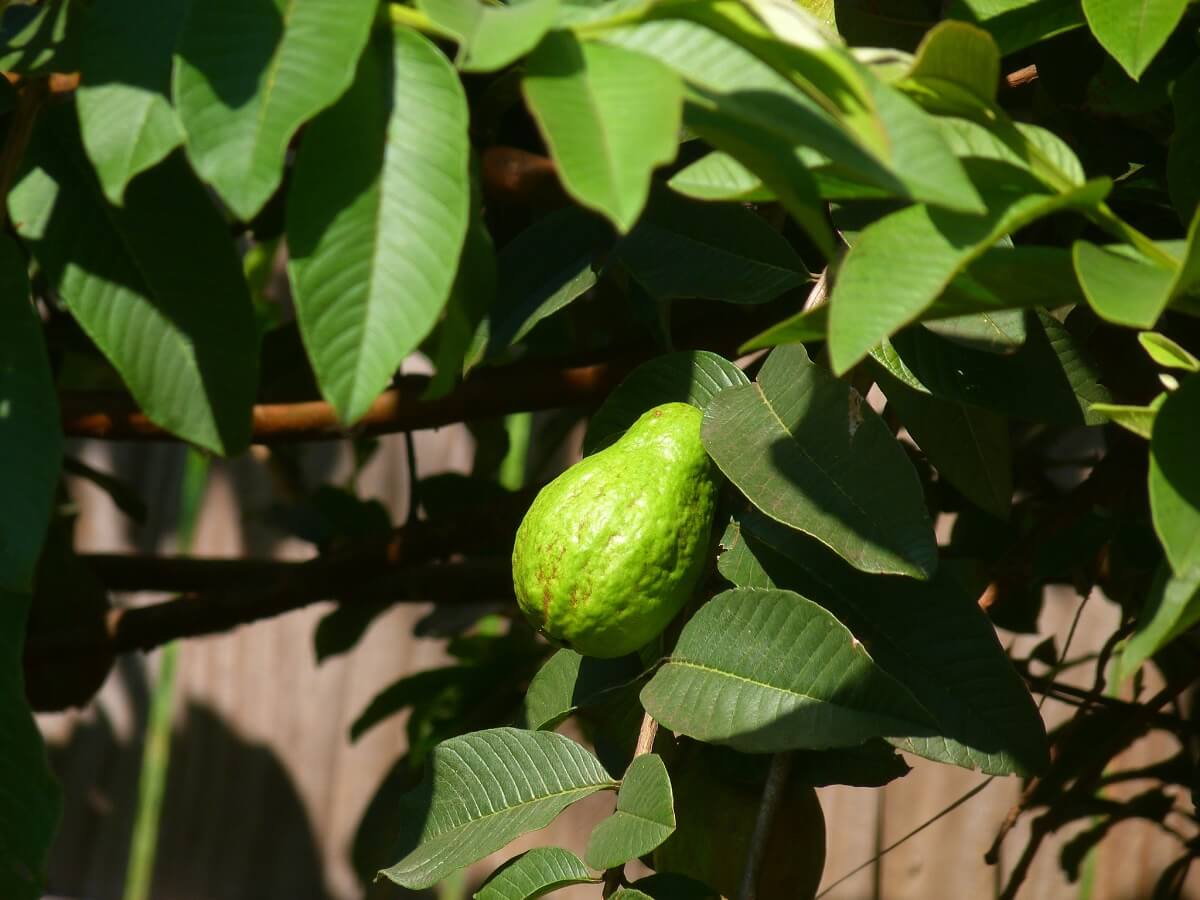
Guavas are distinctive trees that are planted for shade in towns and alongside mangoes in otherwise-stripped, cattle grazing fields. Their fruits, yellow-skinned with red flesh, are reminiscent of kiwi in taste. In addition to eating them raw, they’re an excellent candidate for making jams and preserves due to a high pectin content.
Guavas are one of the few tropical fruits that can grow in colder environments. Mature trees can survive occasional below-freezing temperatures. Young trees are not so tolerant. On the bright side, they begin to bear fruit in their second year of life.
9. Dragonfruit (Pitahaya)
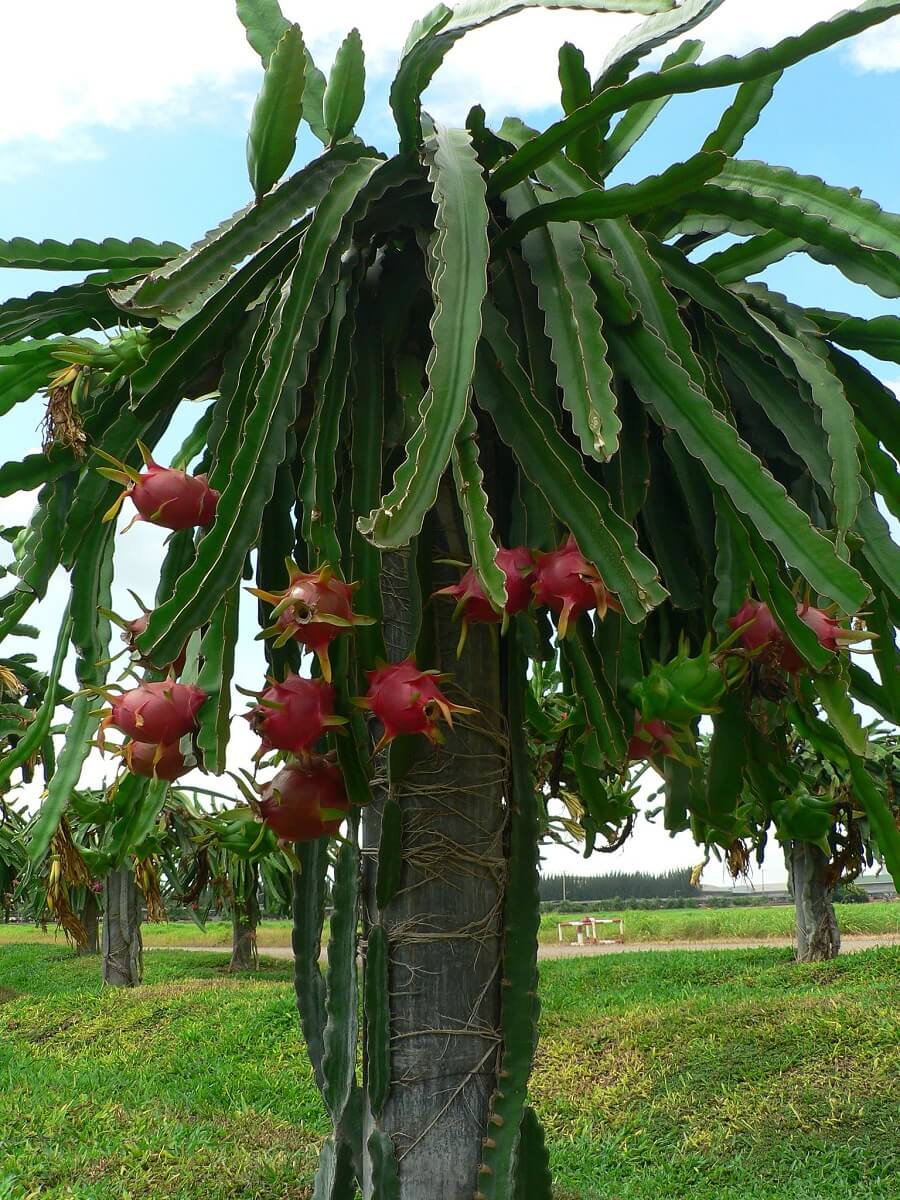
Though they aren’t tropical fruit trees, per se, the famously-beautiful dragonfruit is definitely a plant worth mentioning. Technically, dragonfruit grows on a cactus. The fruit itself looks almost alien inside and out, but in contrast to the dramatic exterior, the taste of dragonfruit is mild.
Dragonfruit is another plant that begins to bear fruit within its first few years, and thanks to its higher tolerance for drought, you can get away with planting outside the strictly tropical zones of the world. Source a cutting or a small tree from a local tropical fruit tree nursery, and ensure you’re getting a reliable fruiting variety.
10. Caimito (Star Apple)
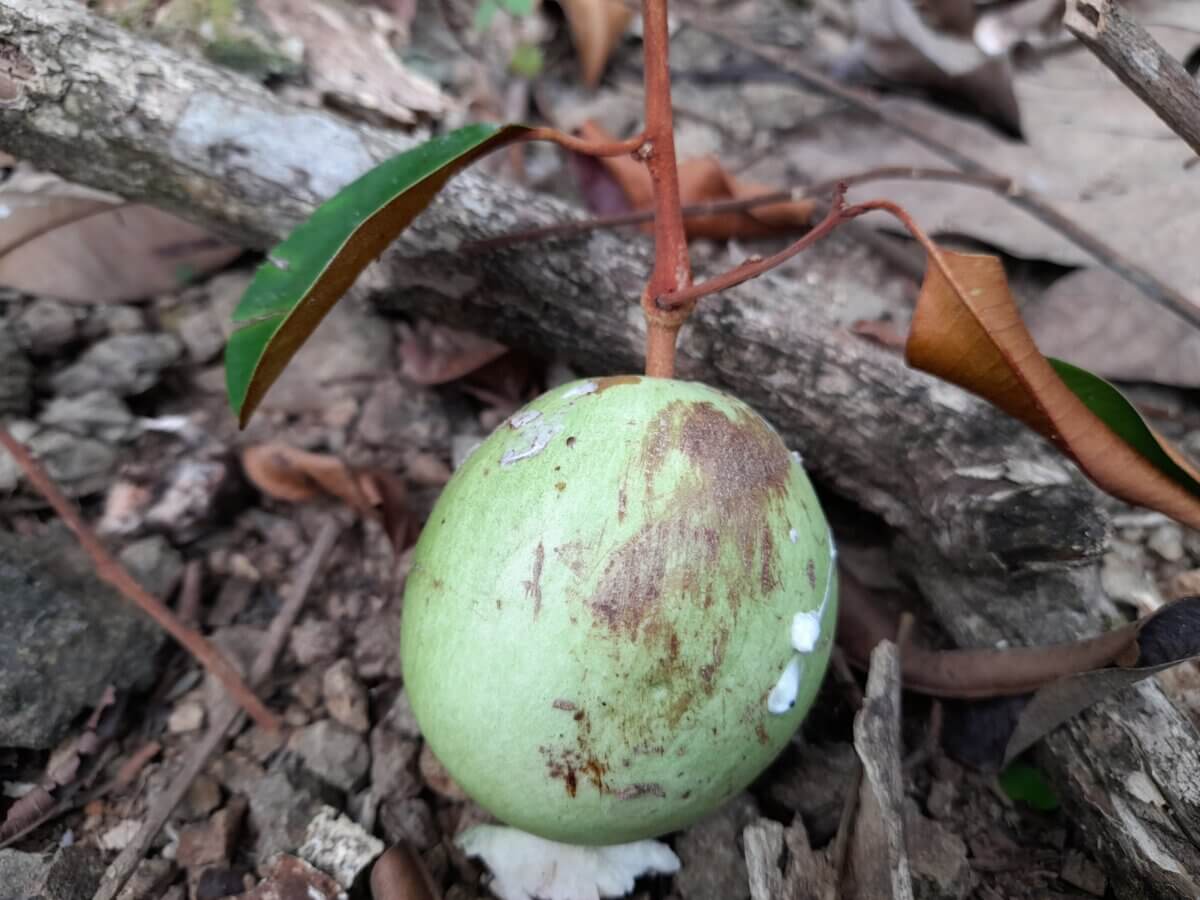
True to name, the caimito fruit is the size of a small apple. The most commonly seen variety in the Americas is purple, though you’ll also find green and red fruits. Unlike an apple, you can’t bite into the skin of a caimito. If you do, you’ll encounter a nasty, sticky latex substance. The tasty part is the pulp surrounding the seeds.
Caimito trees fruit profusely from their third of fourth year. They prefer their space so be sure to plant them a few meters (say, 10 feet) from other trees on your homestead. Be warned: Humans aren’t the only ones who enjoy this fruit, so if you’re in an area with monkeys, you may get less than your fair share.
11. Miracle Fruit
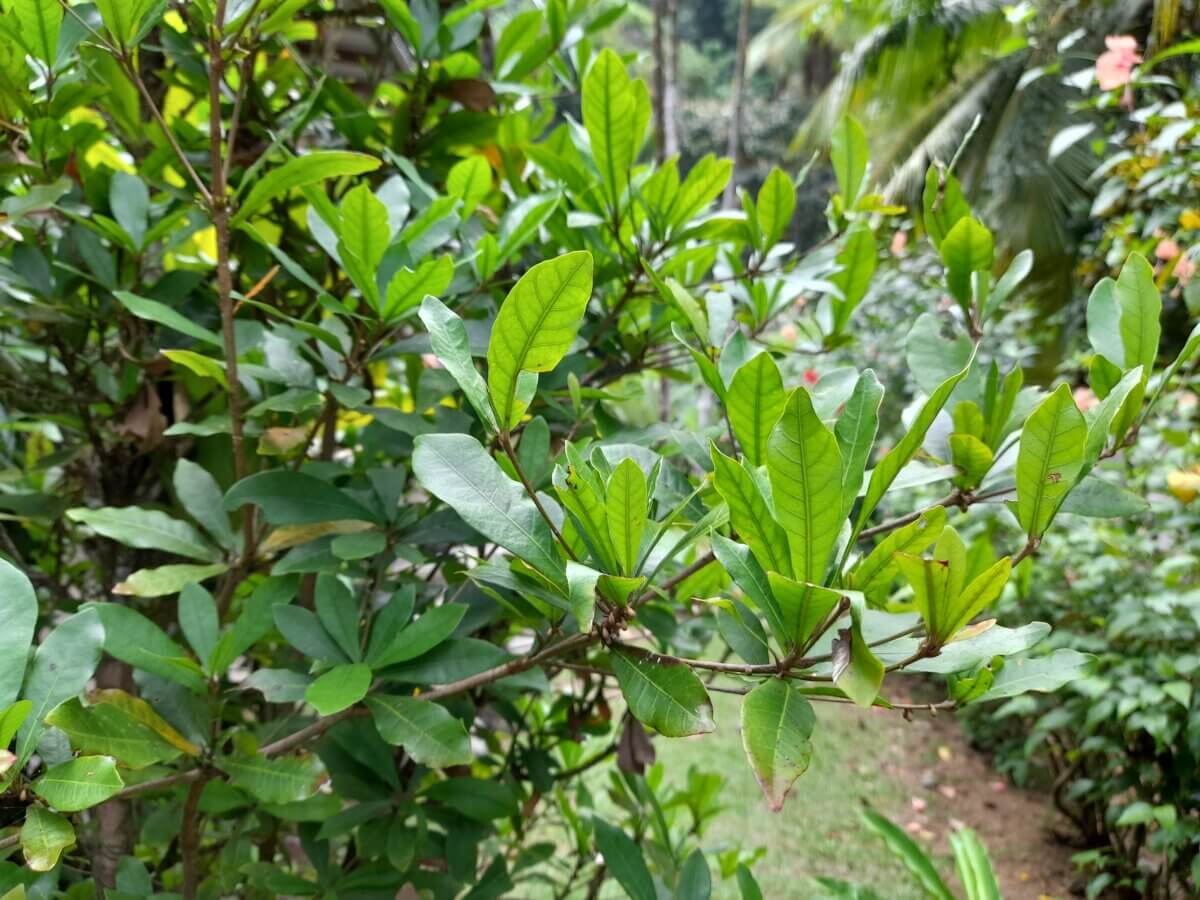
Miracle fruit originates in tropical West Africa where it is eaten not for its taste, but for its incredible effect on the tastebuds. A protein in miracle fruit (named miraculin) binds to receptors on the tongue. Here’s where it gets interesting: The effect causes you to perceive sour and bitter flavors as sweet. For about thirty minutes after you eat a miracle berry, you can enjoy a sickly-sweet lemon, hot sauce, radish, or anything else you choose.
Its novelty alone makes miracle fruit a fun tree to grow. As a bonus, it’s a hardy shrub and will fruit in its third or fourth year. These tropical fruit trees are ones you’ll remember long after your first interaction with them.
12. Cashew
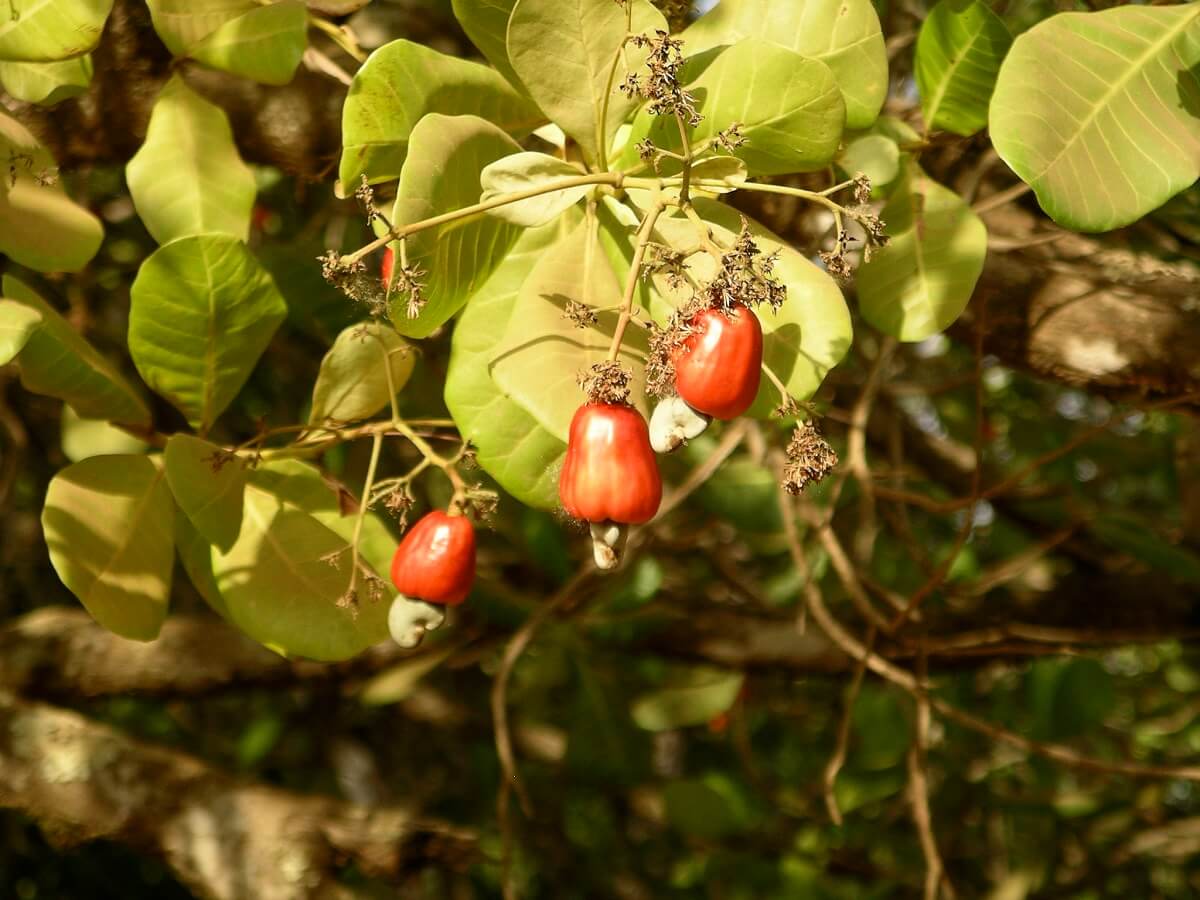
We’re all familiar with the cashew nut, but only those fortunate enough to live where the trees grow are able to experience the cashew fruit from tropical fruit trees. Though its limited shelf life makes it difficult to export to temperate countries, the fruit is edible and delicious. A little astringent raw, it’s often steamed to remove the tannins and processed into preserves and alcoholic drinks.
13. Cas
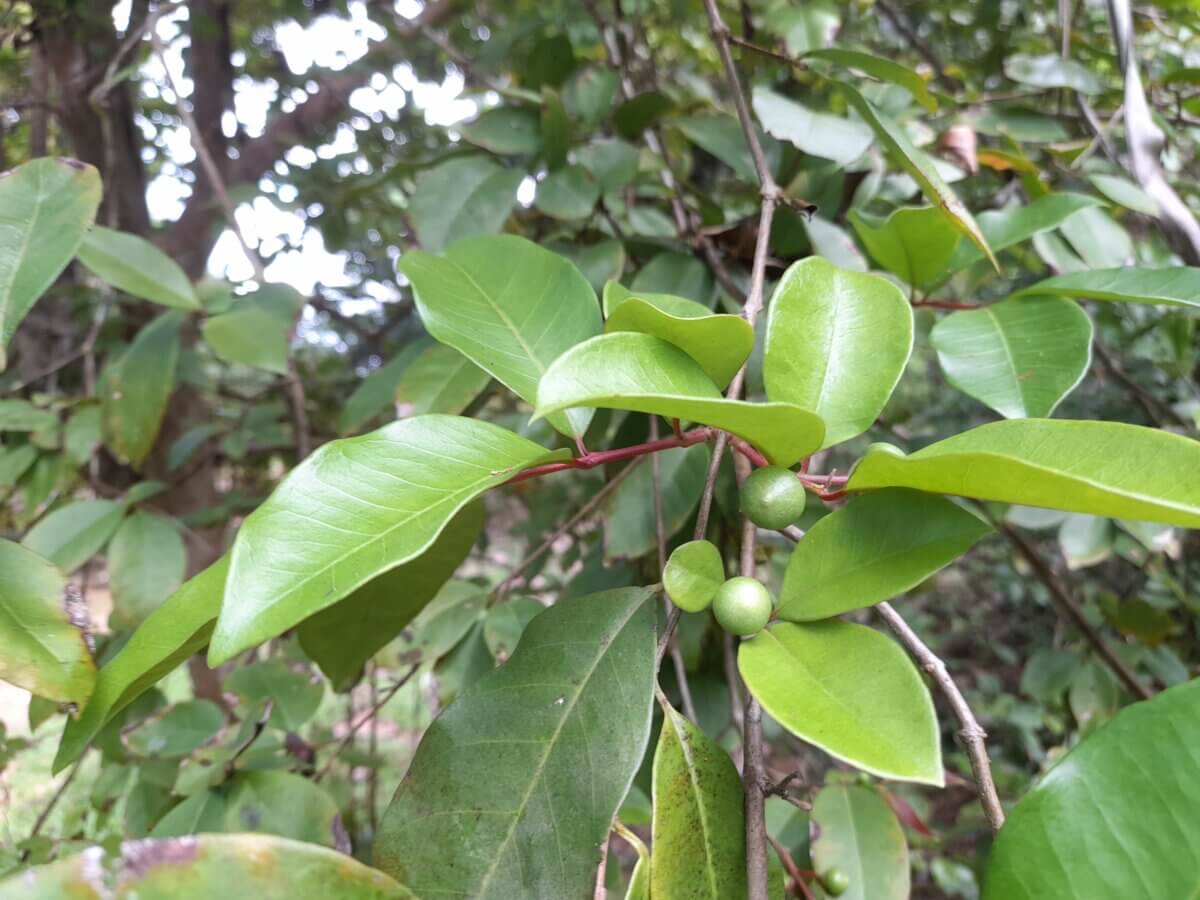
A specialty fruit of the guava family grown predominantly in Costa Rica, cas fruits taste something like a cross between a grapefruit and a lemon. Being astringent, it’s another fruit that’s commonly juiced with sugar and water rather than eaten raw. One thing to watch for when harvesting cas fruits is that like guava, they frequently host insect larvae. But these creatures aren’t harmful. Simply chop the fruit into four pieces and remove them before blending (the larvae make excellent chicken food).
14. Finger Lime
Finger lime is the name given to a tropical Australian citrus. As you might guess, they’re about the size and shape of a finger, and they come in a rainbow of colors. Peel the fruit and you find small, tangy balls somewhat resembling caviar. They’re enjoyed either straight from the tree or in salads, with seafood, or in juices.
Being a citrus, finger limes have similar requirements to the more familiar citrus trees. They like a well-drained soil, though grafted stock can be planted in heavier soil types.
Related Post: What Is Fruit Tree Grafting?
15. Tamarind
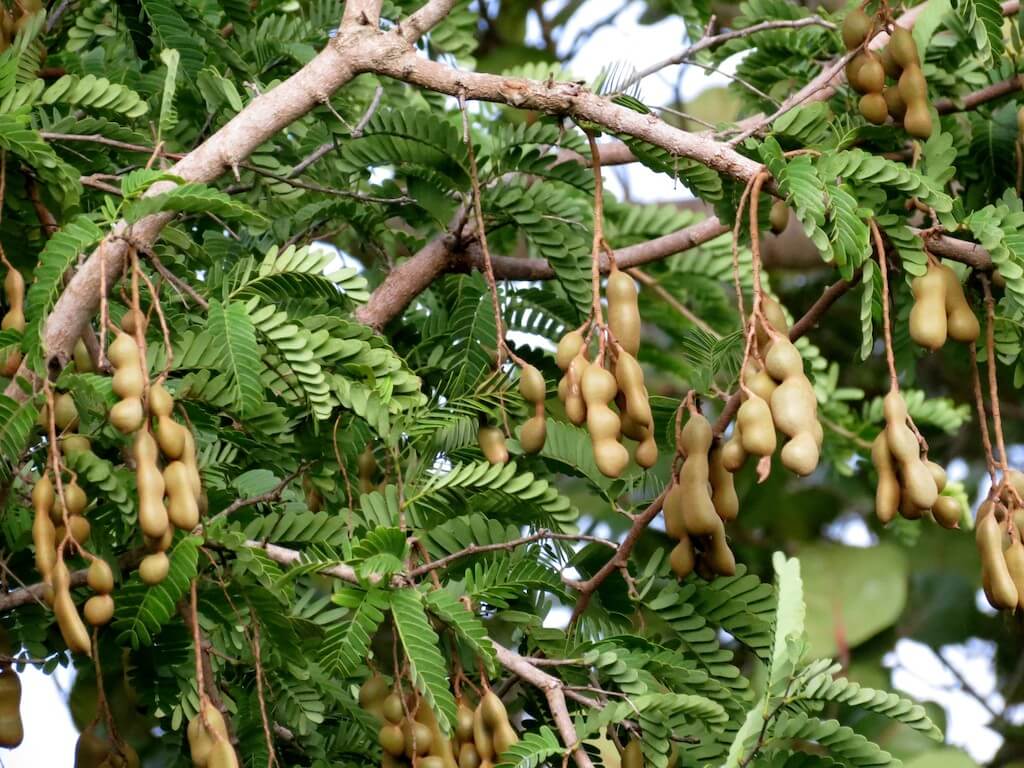
Tamarind is cultivated all across the world’s tropics for the sweet-yet-tangy pulp of its fruit. It plays a central role in many Indian chutneys and is important in various stews. Being a legume, tamarind fruits look a lot like bean pods.
Tamarind is easily grown from seed, though of course you can also purchase grafted tamarind trees to get a headstart on growth. They’re incredibly low-maintenance trees that do fine in drier areas without an intense rainy season.
If you live in the tropics, what are your favorite tropical fruit trees? Did we miss one of your favorites? Let us know in the comments below.


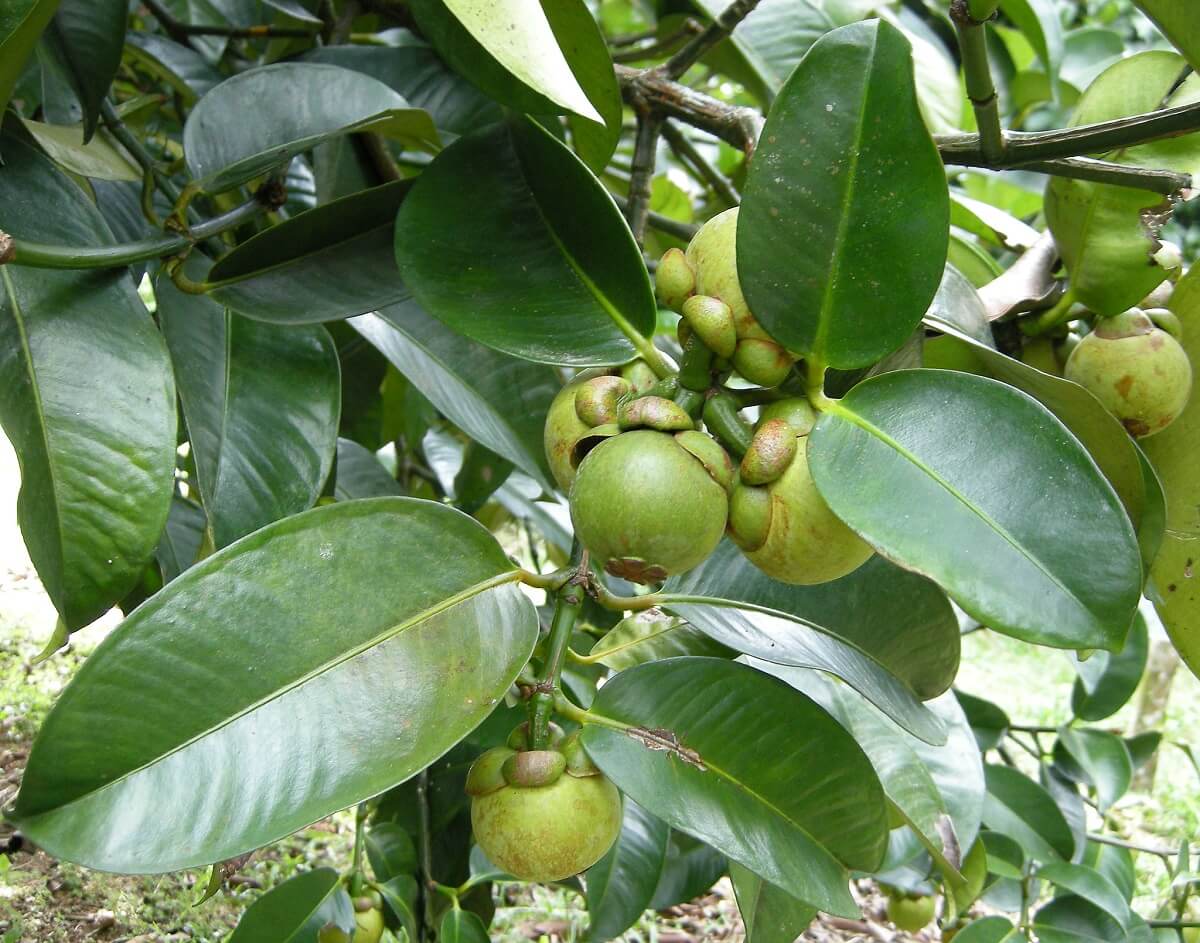
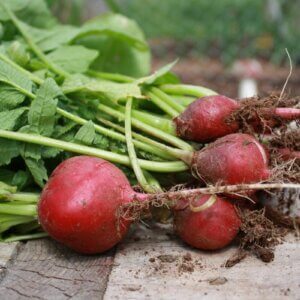





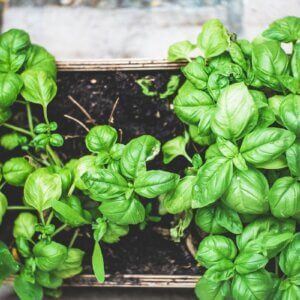

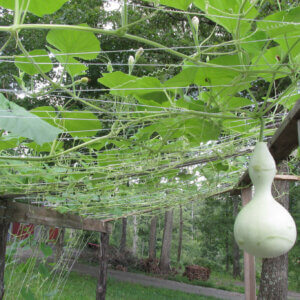


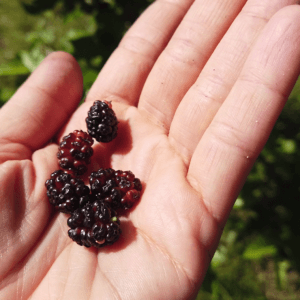
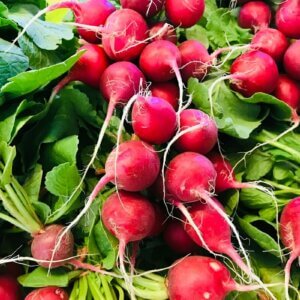





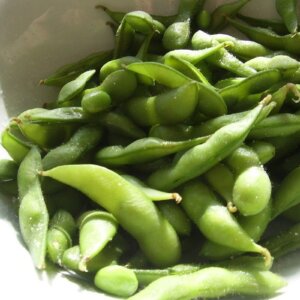









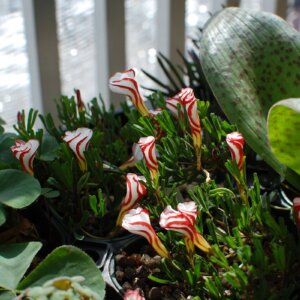
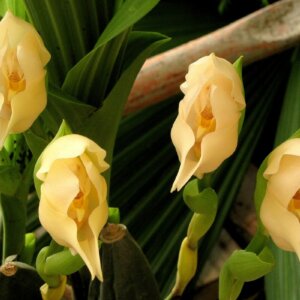
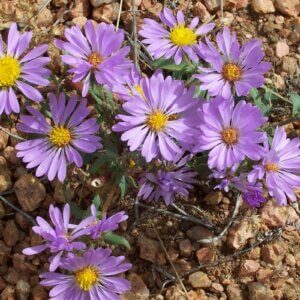
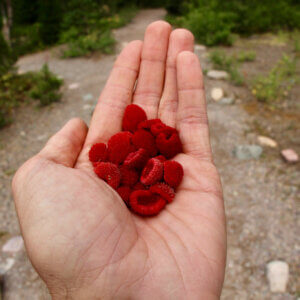

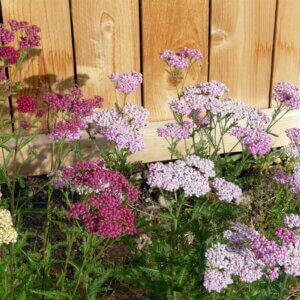



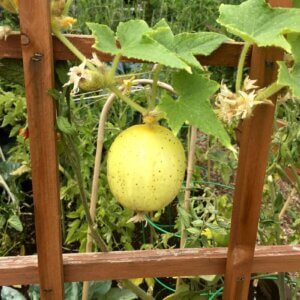
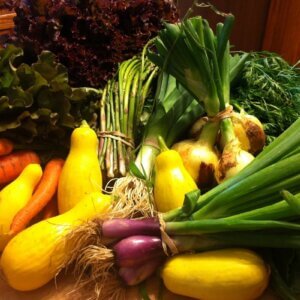

Leave a Reply